
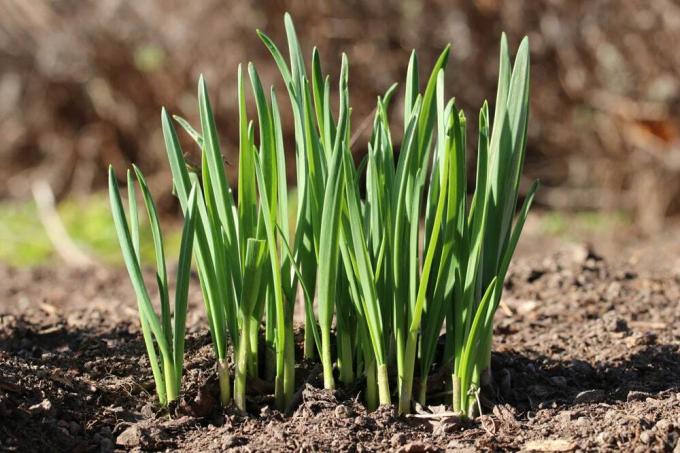
Table of contents
- garlic and clove of garlic
- Best time to plant garlic
- Floor
- Best location for garlic
- plant garlic
- Garlic Care
- fertilizer
- harvest and storage
- Garlic Varieties
- The cultivars
- use garlic
- Conclusion
Garlic is delicious and healthy, garlic greens are delicious too, but not in the clove in the fridge, that only makes it bitter. But you can plant garlic, first harvest the greens and then the cloves - that's super easy, and the garlic doesn't need a lot of care either.
garlic and clove of garlic
Garlic belongs to the order Asparagiaceae, the Amaryllis family, the Allium subfamily, and the Allium genus. Even if it is not amaryllis, the Allium sativum always has flowers that are as beautiful as some ornamental onions. Better known than for the beautiful flowers is the Knob leek (knob goes back to an Old High German word for "to split", because of the "split" cloves) as a spice, more and more people cook a lot with the tasty and healthy ones Garlic cloves. These cloves are the outlasting organs of the perennial (perennial) leek plant, in addition to the main clove, five to twenty secondary cloves are formed, and sometimes also onions.
Best time to plant garlic
The clove that we press into tzatziki, aioli or spaghetti sauce is also what the next garlic will grow from. These garlic cloves can be planted in the ground for perennial and hardy garlic in spring or autumn. If you put a garlic in the garden purely for ornamental purposes, even at some point in between, it won't necessarily develop nice big cloves when it's so "messed up". If you want to harvest, you should follow the rhythm, first of all, garlic leaves the so-called Rundling (the main toe) grow and only after a certain time begins to form the daughter bulbs (toes). In the spring, garlic would have to be planted very early (end of February) so that the harvest can take place in the autumn turns out reasonably lush, otherwise there is only an enlarged round piece or thin, isolated ones toes. That is why September to the beginning of November are the best times for planting, then the round cultivar grows well into winter enough to grow many daughter bulbs (a decent garlic bulb) in the next growing season to train. The cold winter stimulus is said to have a positive effect on the growth of the onion, which will turn into a nice big tuber next summer (July to August).
Floor
Garlic grows best in loose and nutrient-rich soil, a garden soil mixed with sand and well infused with humus, e.g. B. You are welcome to enrich the soil with ripe compost in the autumn beforehand, garlic does not appreciate freshly dug or freshly fertilized soil. For pots/flower boxes you can use garden soil mixed with sand as a substrate, alternatively potting soil with sand. The defense against waterlogging is particularly important here, so there should be a drainage (layer of gravel or stones) at the bottom of the pot in addition to the permeable substrate.
Best location for garlic
Depending on where you got your garlic (see garlic types below), it needs a lot of sun or a lot of sun, especially in the early days of cultivation. Garlic likes to grow next to, between, under strawberries, cucumbers, raspberries, lilies, carrots, fruit trees, roses, beets, tomatoes and tulips. He also keeps a number of pests away from them (which hardly threaten him himself). Bad neighbors are beans, peas, cabbage and other nitrogen-producing legumes.
plant garlic
is simple:
- Stick the toe, point-up, about 4 centimeters deep into the soil
- This can be done quickly if you pre-drill holes with the dibber
- At a distance of around (at least) 10 cm
- Garlic thrives in beds and in pots on the windowsill
- You can also put germinating garlic cloves of Mediterranean varieties in pots
- If your garlic variety forms bulbs (see Garlic Varieties below), they are planted in a similar way (not quite as deep).
- They are said to need a season longer until they have developed magnificent tubers
Garlic Care
Garlic should be kept evenly and regularly moist until it starts to grow, after that you don't have much to do with the garlic. He always needs a bit of moisture in the ground, but doesn't want to stand soaking wet, all quite normal. Garlic is hardy, but a covering of straw/twigs/mulch is good for it. This also protects it a little from rain, too much rain is usually more damaging to garlic than frost. On a freely rained balcony, the garlic cultivation should even better be placed on the rain-protected house wall in winter.
fertilizer
Garlic does not necessarily need fertilizer, in well-cared for, nutrient-rich soil, the medium-eater can get through the winter without it. Next spring, you can spoil it: researchers from the Zhang Yin Xiong Li Lu Guo Xisheng Fertilizer Institute and the Anhui Academy of Agricultural Sciences (Sorry, but China grows “a bit more” garlic than we do and therefore does more research) have the effect of fertilizers on the garlic harvest and found that garlic developed the highest levels of vitamin C and soluble sugars when mixed with nitrogen and potassium 1:1 + 1/2 phosphorus is fertilized. For example, stable manure contains almost 2 g nitrogen, potassium and 0.8 g phosphorus per kg (general average, depends on what the animals have eaten), about 2.5 kg per square meter per season. You should save yourself synthetic fertilizers, also in this composition, if you want the guests at the barbecue party to be as enthusiastic about your tzatziki as ever.
harvest and storage
If you planted in the fall, you can start harvesting from next early summer. First the garlic green, which tastes a bit like garlic with a touch of chives and the olfactory after-effects are much less noticeable than the garlic clove itself. If your garlic variety forms flower stalks, you can snip them off before bulbs form, then the bulbs will be larger. You can also leave some stalks and replant the bulbs directly towards the end of the year. The cloves are harvested when a third of the garlic foliage has wilted. If you use the bulbs fresh, the fumes will be gentler, the rest of the harvest you can braid and hang to dry. You can also plant a few cloves from the harvest for the next season, which will then bring another harvest.
Garlic Varieties
Allium sativum only exists as a cultivated plant, it came to us in the cultivated form from Central and South Asia, the wild type is considered extinct. This cultivated garlic is available in two variants and many cultivars:
1. Allium sativum var. sativa, the actual cultured garlicthat you usually buy in stores. Its characteristics:
- It grows with low, fairly straight shanks with a rough edge
- The tuber has smaller cloves on the inside than on the outside, and the numerous side bulbs grow elongated
- It does not form flower stalks and therefore no bulbs
- In international trade, this breeding selection is called "softneck".
- China is the world's top exporter, hence the research cited above
2. Allium sativum var. ophioscorodon is a more original form of cultured garlic:
- It makes merrily serpentine arching foliage, bulbs with a few large rounded side bulbs, and flower stalks with bracts that provide next year's crop
- This variant is known in international trade as "hardneck" (stiffneck), in Germany as tiered garlic or snake garlic or (in gourmet restaurants) as rocambole
- It grows well in northern areas, a great garlic for the garden and window sill
- Depending on the season, you will find it in pots or as a bulb in rarity nurseries
The cultivars
There are subtypes and cultivars of softnecks and hardnecks. An idea of the several hundred cultivars would go beyond the scope of this article, but (unfortunately) not necessary at the moment, only nameless universal garlic or rocambolen are used as seedlings anyway sold. If you are interested in the different varieties in terms of ripening time, size and shelf life, you could find what you are looking for in English rarity nurseries, occasionally also at German weekly markets or specialist nurseries. Also in the trade there are rarely variety names, but white and maybe pink tubers from China, Argentina and Spain. You can definitely put them in a pot when they germinate, these "warmth children" usually don't survive German winters. Of course, there's no harm in trying, but a rich harvest in the garden requires seedlings from garden retailers that are adapted to our climatic conditions.
use garlic
So that the garlic enjoyment is really a pleasure, here are some important instructions for processing:
- The unpleasant after-effects come from sulfur-containing compounds
- Garlic initially only contains precursors; after the cells have been damaged (by pressing through or squeezing into a paste with the back of a knife), the actual active ingredient allicin is formed
- Several other sulfur-containing compounds are formed when garlic is heated
They later emit "little smells" via breath and skin, but they also do a lot of good:
- They have an antithrombotic effect, prevent arteriosclerosis and colon cancer and have a general antibacterial effect
- Garlic also contains selenium, which most modern humans are said to be deficient in
- Selenium has an antioxidant effect and binds heavy metals in the body
- In times when traces of metal in the human body are suspected of promoting/causing all sorts of diseases, reason for daily consumption of garlic
This also shows again how much sense of effect traditional kitchen tools (such as garlic presses) work with:
- You benefit most from the active ingredients when crushed garlic is used
- It should only be cooked briefly in hot dishes
- Sensitive people tolerate garlic better if the germ in the center of the bulb is removed (even if it is still white)
- Green sprouts make garlic bitter, they should better be planted
- According to a study by Ohio State University, milk neutralizes 50% of the sulfur compounds in the breath
- Other good anti-stink agents: chlorophyll (eg. B. in parsley) and ginger
Conclusion
Garlic is a kind of general medicine that you certainly shouldn't deprive your body of. The cultivation is terribly simple, the garlic green tries hardly any olfactory consequences - nothing stands in the way of a healthier life with garlic.
 garden editorial
garden editorial I write about everything that interests me in my garden.
Learn more about fall gardening
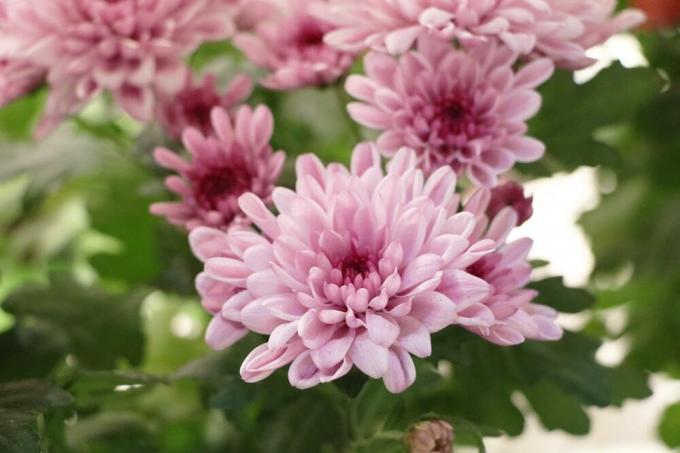
Autumn decoration & winter decoration for balcony and terrace
When the summer flowers on the balcony and terrace have faded, the dreary picture calls for autumn/winter planting and decoration. For working people with little time and desire to care for plants, there is an easy-care one Basic planting that goes with fall and winter (and spring/summer) decorations over and over again quickly works differently.

Plant and decorate the balcony and terrace in autumn
When the balcony/terrace looks barren and empty, autumn is a good time to finally plant and decorate it. When the summer flowers have faded, the dreary picture also calls for autumn planting. We show how you can create a beautiful fall balcony and patio full of fall blooms in a manageable amount of time, starting with the classic fall beauties.
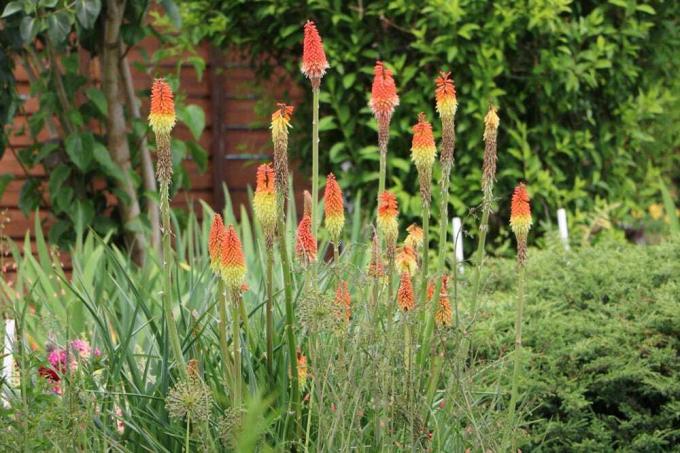
Autumn flowers for the balcony and terrace - the most beautiful perennials
Perennials are best planted in autumn, perennials are perennials or perennial, perennials are extremely easy to care for, many perennials show their flowers until late autumn, perennials often bloom extraordinarily beautiful and/or distinctive - in an application for "best autumn flower" an autumn perennial would definitely win make. In the article you will be introduced to the not endlessly available autumn flowers, beautiful and distinctive perennials.
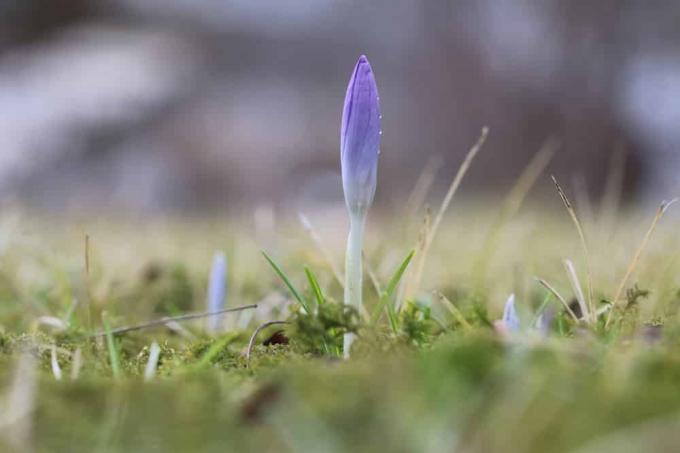
Autumn planting time: these plants must be planted in autumn
Autumn is a good planting time for many plants, and it is the best planting time for all plants that start developing very early in the spring. These plants will be presented to you in the article.
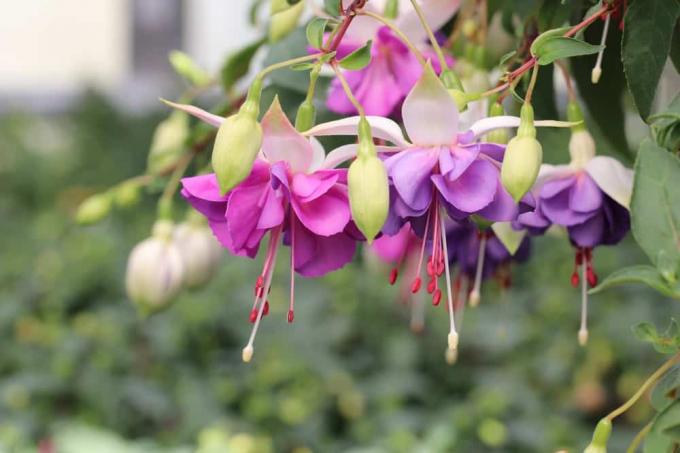
Flowering autumn perennials - these bloom into winter
Among the perennials are the plants with the most beautiful flowers, and many of the perennials show these flowers in the fall or well into the fall. Some autumn perennials Cultivated varieties of autumn perennials bloom even longer, in winter and beyond, you will learn about them in the article.
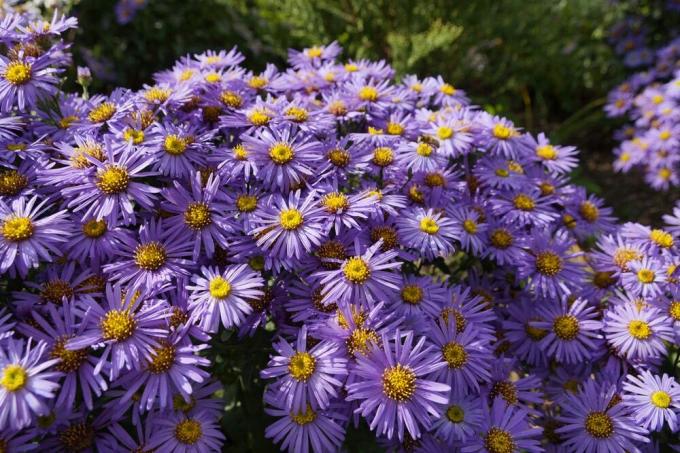
Decorate flower boxes for fall and winter
Decorate flower boxes for autumn and winter? Which decoration is possible depends a bit on whether the flower boxes, which are empty after the summer flowers have been disposed of, should be decorated quickly until they come back in spring planted, whether they should be planted with autumn flowers until next spring, or whether you are designing and decorating a longer-lasting autumn and winter planting would like. In the article you will receive suggestions for the quick and for the more complex variants.



